Doorstep Green
Number/street name:
Scouts Lane (Humberston Park Golf Club)
Address line 2:
City:
North East Lincolnshire
Postcode:
DN36 4SF
Architect:
Jonathan Hendry Architects Ltd
Architect contact number:
Developer:
Cyden Homes Ltd.
Contractor:
N/A
Planning Authority:
North East Lincolnshire Council
Planning Reference:
DC/939/12/HUM
Date of Completion:
Schedule of Accommodation:
30 x 2 bed, 38 x 3 bed, 53 x 4 bed
Tenure Mix:
86% Private rent, 14% Affordable rent
Total number of homes:
Site size (hectares):
8
Net Density (homes per hectare):
15
Size of principal unit (sq m):
136
Smallest Unit (sq m):
80
Largest unit (sq m):
216
No of parking spaces:
145
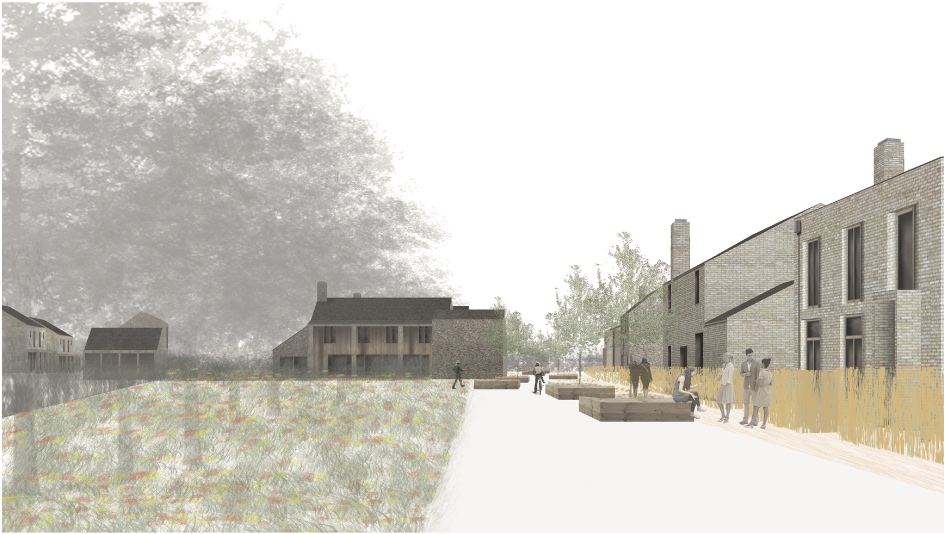
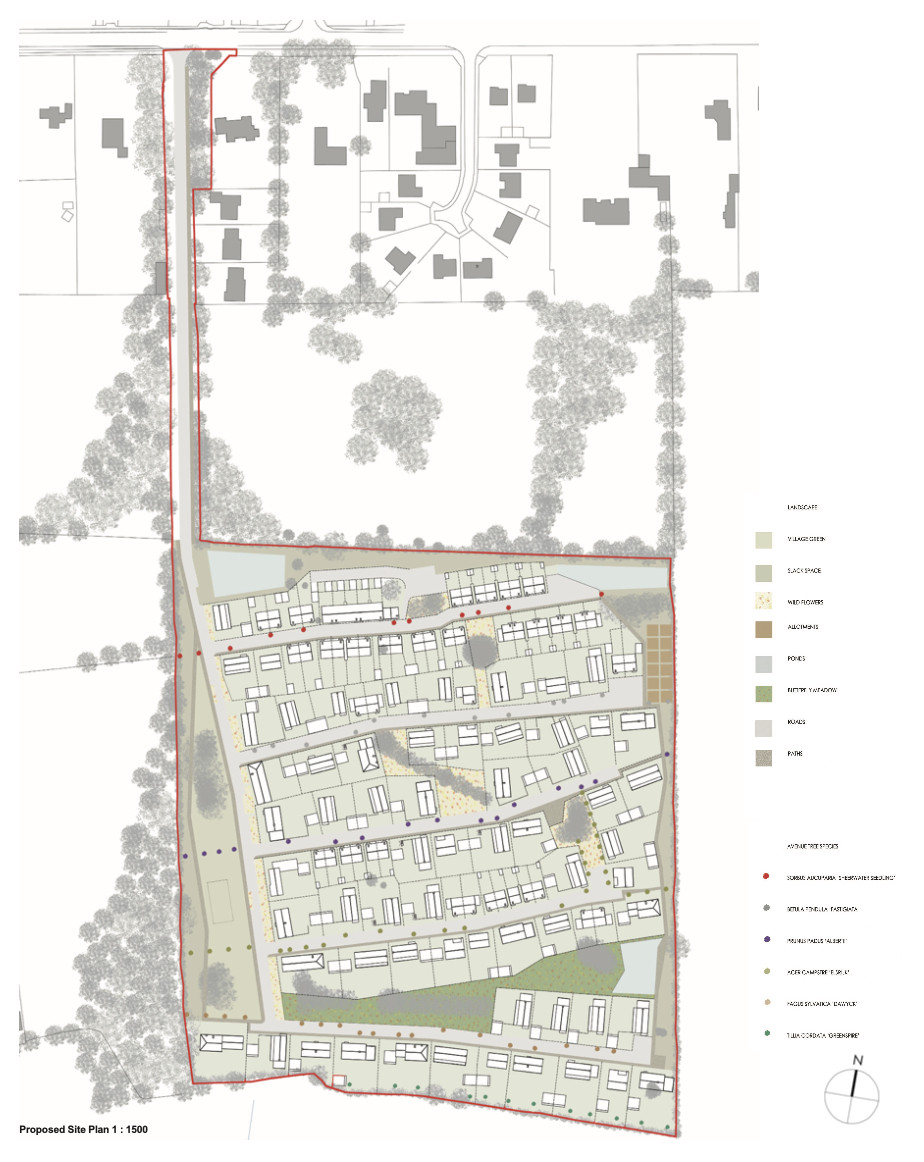
Planning History
In January 2010, Jonathan Hendry Architects were appointed to design
a residential development with high sustainable credentials on the site of
the former Par 3 Golf Club, Scouts Lane, Humberston, N.E.Lincolnshire.
Following extensive consultation with the local authority, residents and
parish councils a planning application was submitted in December 2012.
Planning permission was granted in April 2013.
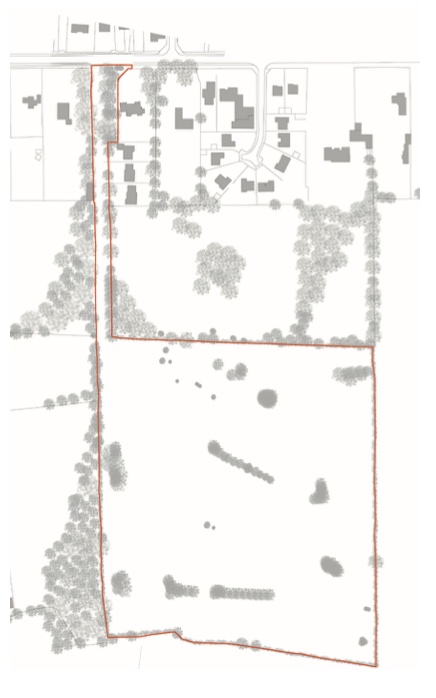
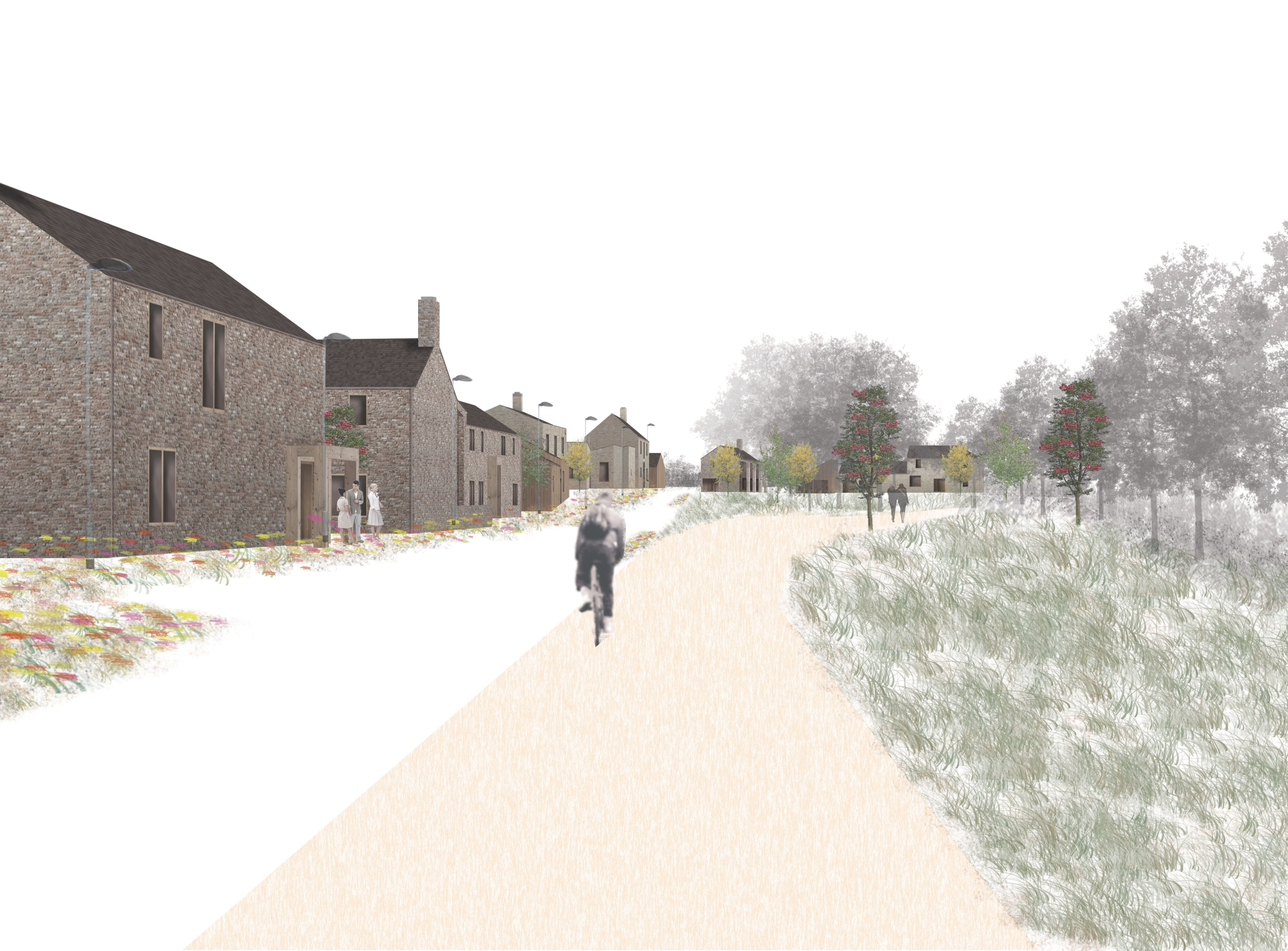
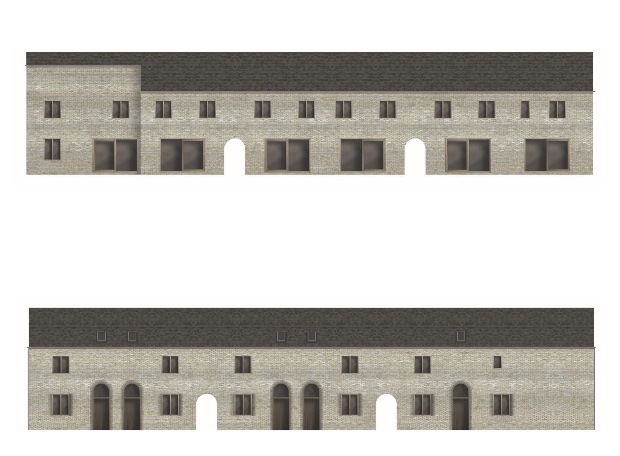
The Design Process
To achieve a good social mix it is imperative that a variety of house typologies are developed. We like the idea of working with typologies that are familiar; the semi, terrace and detached.
The aim for the design of the typologies is to provide long-life, adaptable buildings that allow for change and adaptability in peoples lives. Taken from familiar typologies, but not in anyway being pastiche or attempting to turn the clock back, the houses draw upon and extend the principles of these typologies and adapt this to modern lifestyles and patterns of habitation. We are interested in learning from the past to create the contemporary. We like the idea that typologies are organised around the idea of farmstead. Buildings arranged to create groups that define space and form an interface between settlement and landscape.
Drawing inspiration from the English typology studies that have been undertaken; facades become a contemporary interpretation of these familiar housing typologies. The front façade of these typologies replicate the scale, symmetry and window proportions of the studied housing typologies. This group of window proportions is repeated across the facades creating simplicity through repetition. The positioning of the windows in this façade is a direct response to the functional requirements of the rooms. When large windows are not appropriate the opening is reduced in scale accordingly.
The south facing façades have timber pergolas with electric solar blinds built into the top frame reducing solar gain during the hotter days of the year and allowing solar gain during the winter months. Windows are more generous in scale; opening the back of the dwellings out to the view and garden. The generous window openings provide generous amounts of natural ventilation.
The development provides an abundance of amenity open space, with appropriate pedestrian and cycle links. The project encompasses an ecologically diverse environment with opportunities for outdoor play and recreation for a range of age
groups across the site. The principal for the whole development is to provide a safe environment for play. Large open spaces away from the principal carriageway, overlooked by housing provide a safe environment to play. The inclusion of areas of native wildflower meadow makes reference to the wild grasses that characterise this redundant site whilst the idea of maximising bio-diversity is one that we feel is extremely important.
 Scheme PDF Download
Scheme PDF Download



